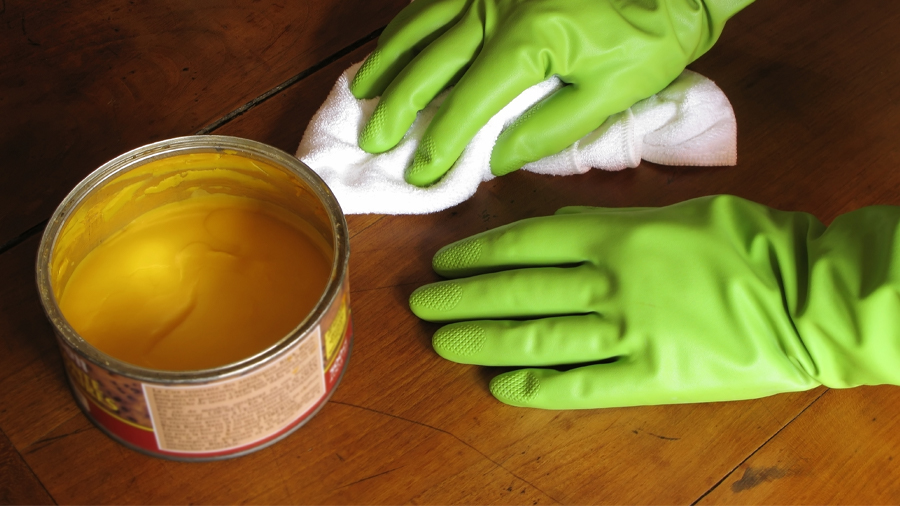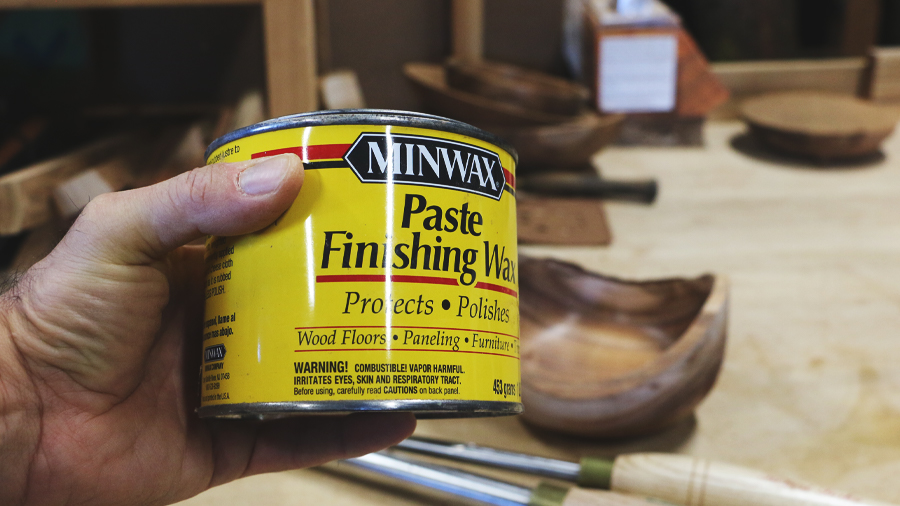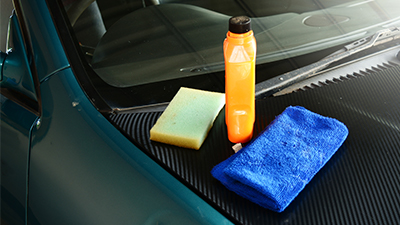Car enthusiasts and woodworkers alike often have something in common: the use of waxes to improve their products’ appearances. Wax can serve as a protectant of car or wood surfaces while adding extra shine. Most people, though, use wax for its protective aspects that keep products in good condition for longer. Some people might want to make double use out of their car wax by also using it on their wood furniture.
Unfortunately, there is no clear answer as to if it is okay to use car wax on wood. There is no consensus; if you were to ask ten people, you would get ten different answers. Your best option is to try a small, unseen test area before coating the entire wood piece with car wax.
With wood being a much more porous surface than the exterior of a car, it is not hard to recognize that car wax may not have the same result. At the same time, many car waxes have similar ingredients to wood waxes, so it is not difficult to also imagine them being dual purpose. There are a few ways that you can approach the issue of whether or not car wax can go on wood.
Purposes of Wax
While every project involving wax will likely include a different specific purpose, there are plenty of common reasons that people apply wax to their cars or wooden surfaces. Wax is a common household object, and for good reason.

Why Wax Wood?
Wax has long been used to finish or maintain wooden furniture. Its popularity has gone up and down over the decades, but it still is commonly used. Many people try to achieve the same results of wax by using liquid furniture polish, but it is not the same.
Wax is a durable substance that can protect wood, fill some scratches, and return a piece to its former shine. You might think that liquid furniture polish has the same effects with way less work, but wax is considerably more durable and easier to maintain.
Protect the Wood
Untreated or unfinished wood is inherently more susceptible to damage, wear, and a shorter lifespan. Wood that has not been finished is not protected from damage from moisture, bumps, or abrasive materials.
Wax cannot prevent every type of damage from harming a wooden piece, but it provides a barrier to stop most damage. Wood with a wax coating will not be as likely to hold scratches or dents, and the wax helps prevent liquids from staining the wood.
Hide Flaws in the Wood
Over time, it is natural to have wear and tear show up on your wooden piece. One of the great things about wax is that it can hide some of these flaws. Small scratches are much less visible when they are waxed and buffed out. You can also fill in small cracks, splits, or crevices with a wax that matches the wood’s color.
For pieces that have a lot of discoloration, you may be able to create a more even appearance by using wax to darken the wood. Wax can often hide stains that have tainted the wood.
Shine the Wood
Here is where many people want the shine that results from wax but does not want to put the work in to achieve it. Liquid furniture polishes are faster and easier, but they truly do not create the same shine that wax does.
It’s important to understand that shining wood with wax does require a bit of effort, but the effects are long-lasting. Applying the wax by itself does not create a shiny wood; you have to buff the wax out after to create a gleam.
Using Wax on Wood
There are many types of wax to use for polishing wood surfaces. You can buy waxes that come in many different forms, colors, and durations. The specific wax that you choose to use will depend on your desired results.

Wood Waxes
Your local hardware or home improvement store should have plenty of options when it comes to waxes specifically made for wood. The type that you use will depend on your needs. For instance, if the wooden surface that you want to use wax on is a floor, you need to make sure that you get a non-slip wax. There are specific waxes for this purpose.
Paste waxes are common and easy to use. Most paste waxes have either beeswax or carnauba base or a blended mixture of the two. Carnauba comes from the leaves of a Brazilian palm tree and is a rather hard material. It takes a lot of work to buff out, but it has a high sheen and is durable.
Be sure to read the labels of products you look at. Some waxes are not meant to be used with certain types of wood or stains, and using the wrong kind can damage the wood. Also, be sure to check that the wax you buy is meant for the purpose you have in mind. If you do not want to darken a piece that is a light wood color, do not buy a dark wax just because you like the other benefits of the wax.
Car Waxes
Some car waxes will not harm your wooden surfaces, and they may even achieve your intended result. Most of this flexibility is due to the different materials used in car waxes.
Like many wood waxes, lots of people will use natural carnauba wax made for cars. Just as with wood, this kind of wax also gives cars the desired shine and protection. If you decide to use a car wax with a carnauba base on wood, it likely will not cause any harm.
Note: Regardless of what kind of wax you use, always do a spot test on a part of the surface that is hidden to make sure that there are no unwanted issues.
The problem is that many car waxes are synthetic. These waxes are sometimes called paint sealants, and their main goal is to create a durable protective layer that lasts much longer than carnauba wax. This type of car wax most likely should not be used on wood. The polymers in the wax may cause damage to the wood.
Wood Finishing
One last major concept to understand when you are dealing with wood surfaces and their protection is different ways to finish the furniture or piece. There are many different kinds of wood finishes, and they often work best when applied before any wax.
Adding wax to the surface after it is finished creates another layer of protection for the wood and helps make the finish more durable. You might use finishes like paint, polyurethane, shellac, or lacquer to create your desired look.
These types of surface finishes might also include various types of stains. This category is called surface finishes because the product is applied to the wood’s top surface, not the entire piece.
There are also penetrating finishes like interior wood stain, varnish, and wood oil. Again, the type of finish you use will depend on the desired look you hope to result in.
If you use a finish on wood, it’s important to pay attention to what ingredients make up your chosen wax. Some substances are not meant to be used together, and their misuse can harm the wood. For that reason, it is best to stick to carnauba waxes that do not have a lot of polymers.

